Design across five decades: from the editors who brought you Design Week
As the design industry propelled itself forward, we were always there to champion, inform, analyse and guide the way.
 Design Week’s legacy is that it stands as a record of an industry which is constantly changing, an industry which makes a demonstrable social, cultural and economic contribution to the world.
Design Week’s legacy is that it stands as a record of an industry which is constantly changing, an industry which makes a demonstrable social, cultural and economic contribution to the world.
In this final editorial you’ll have to allow me the indulgence of both giving some insight into what the last 38 years have looked like in design and how Design Week brought it to you – with the help of its former editors.
There have been some seismic shifts since I took over as editor of Design Week as an online magazine in 2016; most notably the rapid growth of social design (design for good) and design which looks further than a human-centric ideology to also consider environmental impact.
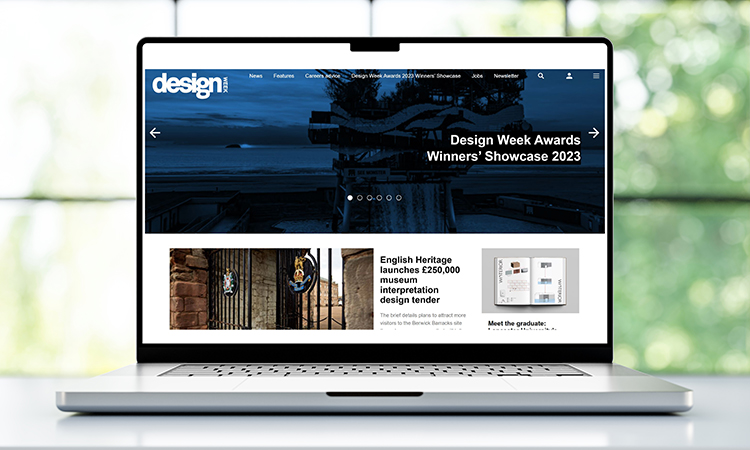
While there’s nothing new about designing with the planet in mind, “sustainable” design has gone from being a loose catch all term to becoming a bassline requirement for many projects and a principle which most designers expect clients to adhere to. During this time we’ve explored the likes of regenerative design, bio-mimicry and right-to-repair across sectors. Some of this work can be found in our popular Design Climate Action series.
“We’ve tried to be progressive”
Over these years we’ve always tried to look at where design is heading next and provide progressive content to reflect that. Our long-read, in-depth articles have helped to spotlight and campaign around issues of the day such as those within education and representation where we’ve stood shoulder-to-shoulder with designers who want to make change.
Sadly our reporting on education has shown higher education design institutions to be facing incredible pressure from funding cuts and design education in schools to be under threat from both funding cuts and curriculum changes.
The work of Nat Maher and Kerning the Gap in making gender and broader representation a conversation for everyone in the design industry has been invaluable, while we’ve also seen the lack of ethnic diversity in the industry, particularly in leadership positions, rallied against.
The national and internatonal agenda
Meanwhile we’ve made a point of looking at how design intersects with news which is part of a national and international conversation, like the vital but dreaded Brexit debate, where over a period of years we followed this fast moving story to see how it was affecting design businesses. We did this with valuable insight from our community, often turning to organisations like ACID (Anti Copying in Design) to unpick things like complex copyright and design right issues.
More recently we went out to Iranian diaspora designers to show graphic design’s power to advocate for women in Iran and we brought you access to designers living and working in Ukraine, helping them to tell their stories.
I’m also particularly proud of the planned and reactive analysis we offered on things like the Budget as well as series we created on everything from in-house teams to design scenes around the world.
All the while we’ve tried to balance these pieces with commissioned reader contributions, project news and inspiration, putting daily stories out through our newsletter and across social, all handled by a team that was never more than three people.
There are a lot of perennial issues which you’ll find tackled in different ways throughout Design Week’s history – free pitching anyone? – and regular favourites such as the Design Week voxpop have been a mainstay since long before I joined the magazine as a reporter in 2008, but things were very different when founding editor Jeremy Myerson helped launch the magazine in 1986, having left Centaur sister title Creative Review to do so.
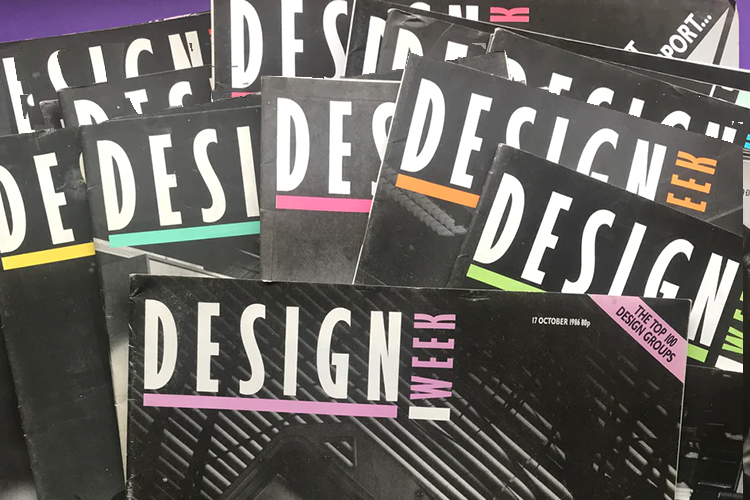
Myerson says he spotted a gap in the market for Design Week after identifying design as a burgeoning industry and “darling of the business world” yet there was no weekly paper for designers. “Design Week changed that”, he adds.
Design Week’s black and white concept by art director Bob Bateman was based on Bauhaus typography to show how “design was not just a creative sector but a whole belief system” according to Myerson.
The first issue featured a report from Milan Furniture Fair which he says was a “deliberate ploy” to show readers that the magazine was the first of its kind for designers, working to short deadlines.
Design Week quickly became a must read for design consultancies and gave them a commercial voice. The UK design industry was expanding rapidly and Design Week launched at the same time as the Design Business Association.
“Gossip and speculation fed through our pages”
“Editorial innovations like our Top 100 Design Firms annual survey and the weekly Share Watch box for publicly listed firms framed expansion as design agencies used Design Week to hire people quickly and market to clients through editorial coverage of projects,” says Myerson.
One key differentiator from other magazines – which perceived design as a branch of the arts – was that Design Week was a weekly magazine, positioning design closer to marketing, construction, engineering and R&D, according to Myerson.
Design Week was always at the centre of things. “In an era before digital and before social media, industry sentiment, gossip and speculation fed through our pages. It was a very different time,” he says.
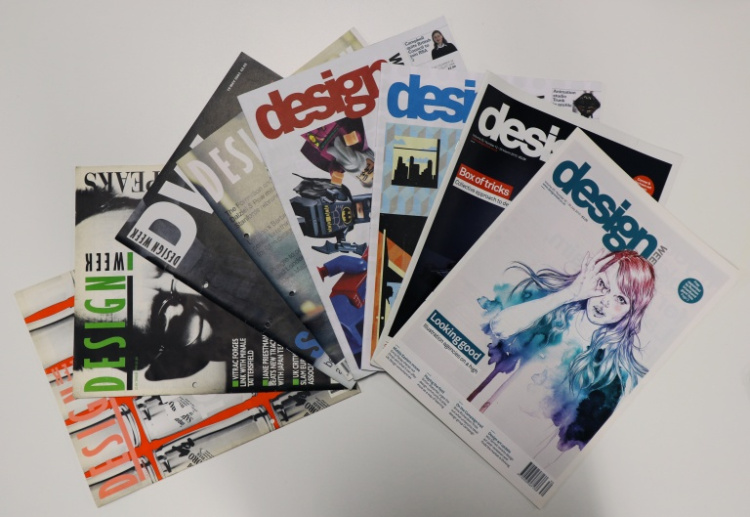
In 1989 contributing editor Lynda Relph-Knight took over as editor and her tenure would last some 22 years. She remembers 1989 as a time when her team used typewriters and few design groups could afford an early Apple Mac.
“It was all Letraset and Grant machines for sizing images then – and hand-drawing,” says Relph-Knight, who was operating in a world where phone calls and face-to-face meetings drove reporting.
The design landscape was full of what Relph-Knight calls “tiny ateliers” – specific to serving a particular discipline and where the name of the founder was often over the door.
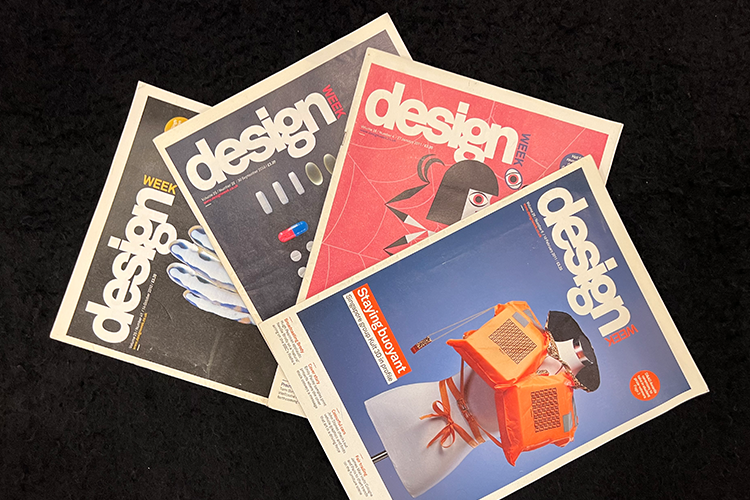
At the same time the rise of Pentagram as a transatlantic, multidisciplinary partnership “had broken the mould and was revered as such” according to Relph-Knight who also remembers the work of Terence Conran, Michael Peters, Rodney Fitch, Stewart McColl and Wally Olins (with Michael Wolff) as key to growing design as a business sector.
As the design industry grew and clients began to realise the difference design made to their bottom-line, Design Week was there to help readers navigate a period of rapid expansion that with the brief exception of the whims of macro-economic factors, has never really stopped.
“We provided a place to go for business advice and to make contact with former colleagues when the industry was decimated by various downturns and to share successes and shifts,” says Relph-Knight.
The Top 100 was developed over the years with accountancy firm Kingston Smith (now Moore Kingston Smith) and became a crucial business tool for people looking for jobs or to buy a design business. There was appetite for the Top 100 up until 2020 and Moore Kingston Smith have remained a useful contributor on business advice for design consultancies up until this day.
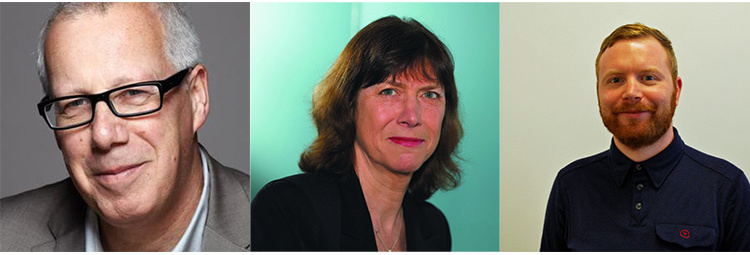
Other Design Week products were soon being created to adapt to industry conditions. “The Design Week Awards and then Benchmarks helped consultancies attract the best staff and creatively-driven clients. They too became useful new business tools,” says Relph-Knight.
She introduced our own Design Week Awards back in 1990 which have been a mainstay since, popular until the end. It’s been a privilege to re-shape these every year so that they recognise design as it is today. Particularly the shaking up of the digital categories to acknowledge the likes of interaction design as well as the introduction of Social Design, Best In-house Team, and our Design Climate Action awards.
“Sowing the seeds for design business as we know it”
As the Design Week Awards grew so did other organisations around us for which our support has been unwavering. Reflecting, Relph-Knight says: “We helped sow the seeds for the design business as we now know it, but supported creativity across other awards and recognised emerging talent through our involvement in New Designers, D&AD and the like.”
Design bodies such as the Design Business Association, the Design Council and D&AD have been both the subject of and source of news over the years. We’ve maintained an objective stance on them, yet they are also allies.
Relph-Knight’s tenure is a trove of industry activity. Design Week was there for example in 1992 as new markets opened up in Europe following the signing of the Maastricht Treaty sparking consultancy takeovers and the formation of international supergroups.
Later the dot-com boom of the 90s and then bust following 9/11 soon gave way to a more optimistic digital period. “As our dependence on digital technology increased the sector rallied and developed.
“Apple was deemed the shining light in this with Steve Jobs and Jonathan Ive leading the charge for good design to balance technological prowess,” Relph-Knight recalls.
Relph-Knight’s knowledge of the design industry in the 1990s and early 2000s is unparalleled. Working as one of her reporters back in 2008 I remember vividly that not an hour would go by without someone from the news or features desk asking her for a name and number from her enviable contact book.
When weekly became daily
Design Week’s most pivotal change of direction was arguably it’s closure as a print magazine and launch as an online-only magazine in 2011, which ushered in the era of Angus Montgomery’s editorship, spanning 2011-2016.
With this new format we were able to rethink how we communicated with our audience. I remember Montgomery telling us “We need to think like a daily news organisation now”. Design Week already had a daily newsletter and website but it was time to look at these in a new way.
By this point the economic power of design as GVA to the UK economy was being measured in tens of billions (and sits at just under £100bn today).
“The early part of the last decade was a rolling landscape of management consultancies ravenous for their next design studio acquisition, or major brands investing heavily in in-house design capabilities,” says Montgomery.
To this end The Age of Design project was launched, a series which “captured this period perfectly”, he says, by providing in-depth investigations into how big brands such as Airbnb, IBM and Nissan were harnessing the potential of design. The project spanned our tenures and I was lucky enough to deliver the second half of it.
“Going hand-in-hand with this was the rise of service design as a powerful and influential discipline,” says Montgomery, who created the Service Design category in the Design Week Awards to represent this.
“One of the things I enjoyed most about the time was the international scale Design Week operated at, and the ability we had to get interesting stories from around the world.
Whether it was the peerless profiles in Jon Daniel’s 4 Corners series, or the innovative output of studios from Barcelona to Bangkok.”
The late, great Jon Daniel gave us access to designers who we’d never have met otherwise. Some, like Greg Bunbury became valuable contributors in later years.
“Design Week would be nothing without its contributors”
Above all two things have stayed with Montgomery, “One is that Design Week would have been nothing without its contributors, an insightful, innovative and generous community.
“The other is the incredible Design Week team. Working on Design Week was the most fun I’ve had in my professional life – every day I was inspired, challenged and entertained by the brilliant people around me,” he says.
I can vouch for the energy and effort that various Design Week teams have poured into it since 2008 and I have no doubt it was the same before me. Together we leave behind us a body of news reporting of the highest standards, sharp analysis, insight, research, investigation and inspiration as well as a suite of products showing which were the most creative, effective and financially viable design consultancies through the ages.
Today the design industry in a strong position. I’ve seen it weather many challenges and although slow economic growth, eductaion funding, import and export issues, and the existential threat of AI loom in varying degrees, I’ve had enough conversations with innovative, optimistic designers and shrewd design business leaders to know that your future is bright.
I encourage you all to use services such as Wayback Machine beyond 19 January to access the Design Week archive.
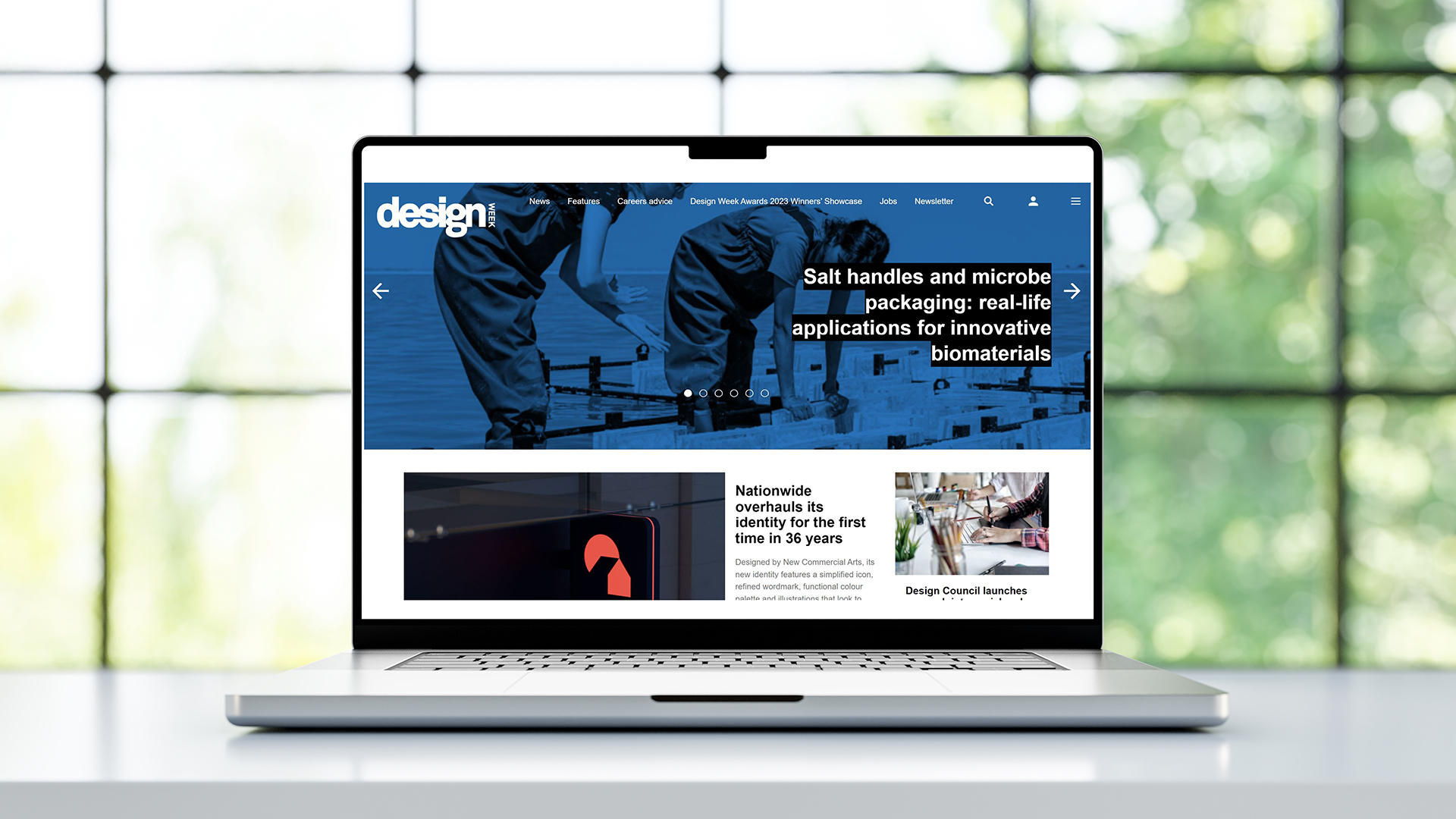
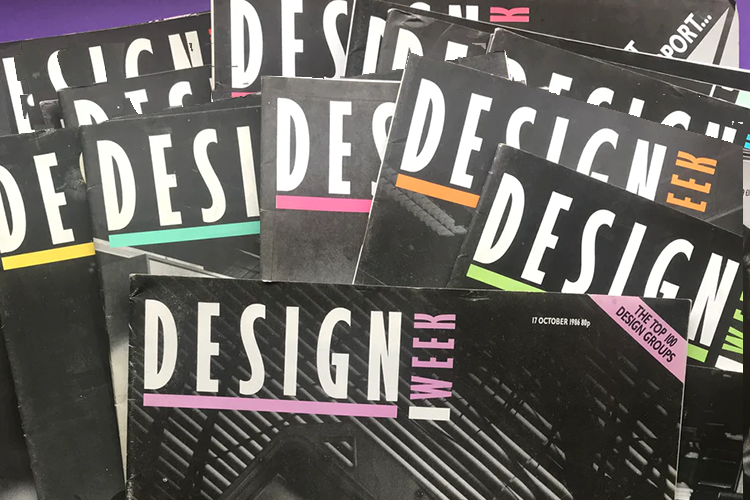
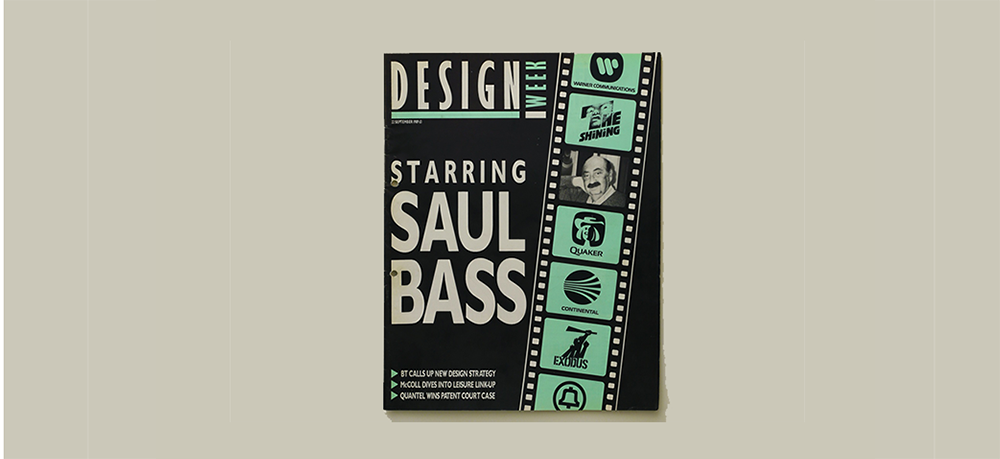
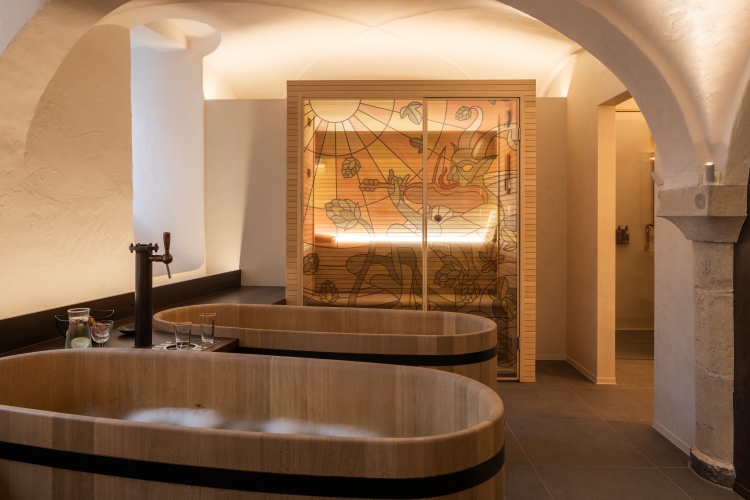
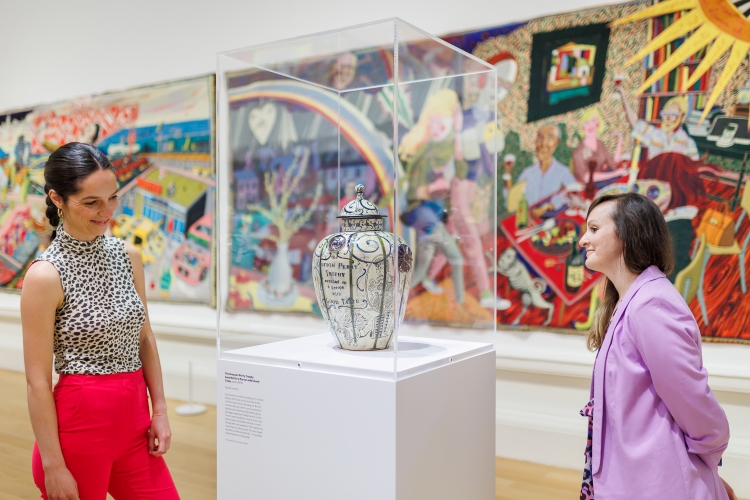
Where does one start as a student? Design Week became my bible at sixth form and into university; I didn’t always ‘get’ some of the articles but I hoovered them up and sliced away many an old issue for a moodboard or three. It was my pleasure to have Sophie Tolhurst in just before Christmas to run an article on the Technicians exhibition we were running here at Sheffield Hallam.
You will all be dearly missed.
Thank you Design Week team!
You will all be missed.